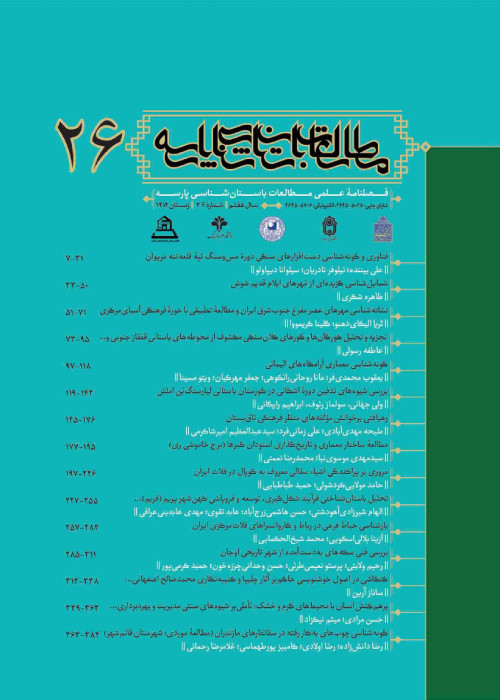An Investigation of the Economic Power of Tabaristan State During Naseri Era Using Elementary Analysis of Coins of that Period by PIXE Method
Tabaristan State (Mazandaran) has always been of great importance due to its numerous economic and commerce potentials. Moreover, it has politically been much valued by Qajar rulers. Accordingly, an old mint was actively working in this city up to 1288 AH which issued (uring Naser al-Din Shah Qajar (1264-1313 AH) numerous silver qirans in the following years: 1264-1266, 1269-1274, 1280-1283, and 1287-1288 AH. The coin issuing system was although superficially obeying Tehran rules, each city acted independently in practice, and the coins in many cities were issued with different grades of silver purity. Such problems raise two questions regarding Tabaristan mint: how much was the silver purity grade of the coins issued in Tabaristan, and how have they changed during the history? What was the position of Tabaristan’s coins which was an important state in comparison with other important states such as Mashhad, Tabriz, Isfahan, and Shiraz? Therefore, to answer these questions, the elemental analysis of this era coins (using PIXE method) was chosen as the main base of the present research due to not being destructive, being quick, and being highly precise in order to present an analysis of the Tabaristan’s mint commitment level to the central system of coin issuing during different times in comparison with other main states and cities in Qajar dynasty. In the present research, 17 coins from 17 different historical periods were elementally analyzed. Based on the numbersshowing the average silver purity grade changes during two periods of 1264-1278 AH and 1280-1288 AH, the results are 90.13 % and 84.33 %; the average for the whole period is then 88.08 %. At the same time, the silver purity grades of other mints are as follows: Mashhad (84%), Tabriz (82%), Tehran (90%), Isfahan (84%), and Shiraz (90%). Also, valuable information was obtained on the type of silver mines used, namely the Cerussite mines and how the coins were minted with copper and iron metals.
- حق عضویت دریافتی صرف حمایت از نشریات عضو و نگهداری، تکمیل و توسعه مگیران میشود.
- پرداخت حق اشتراک و دانلود مقالات اجازه بازنشر آن در سایر رسانههای چاپی و دیجیتال را به کاربر نمیدهد.




